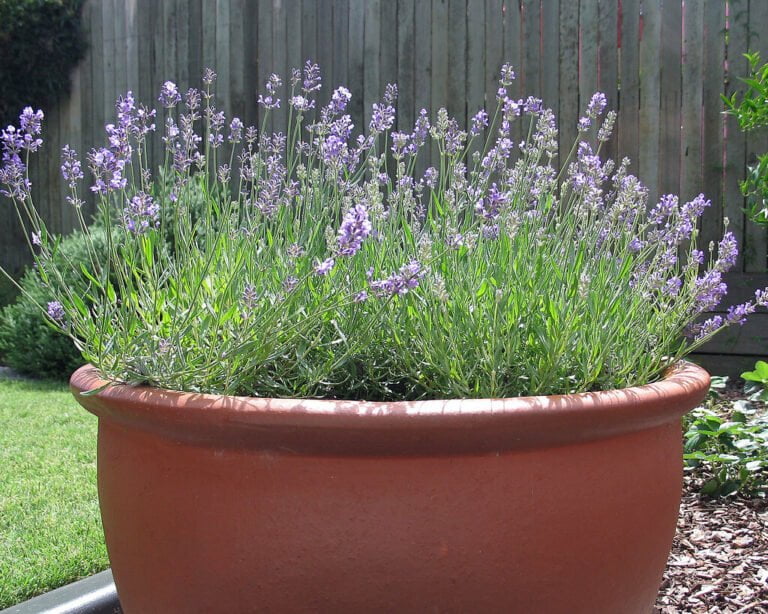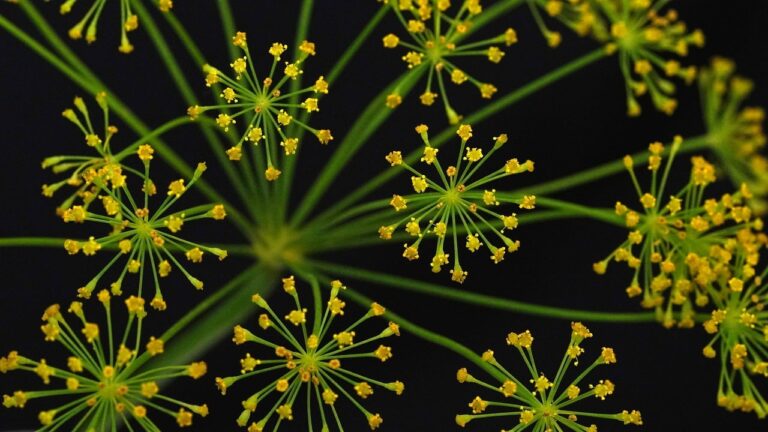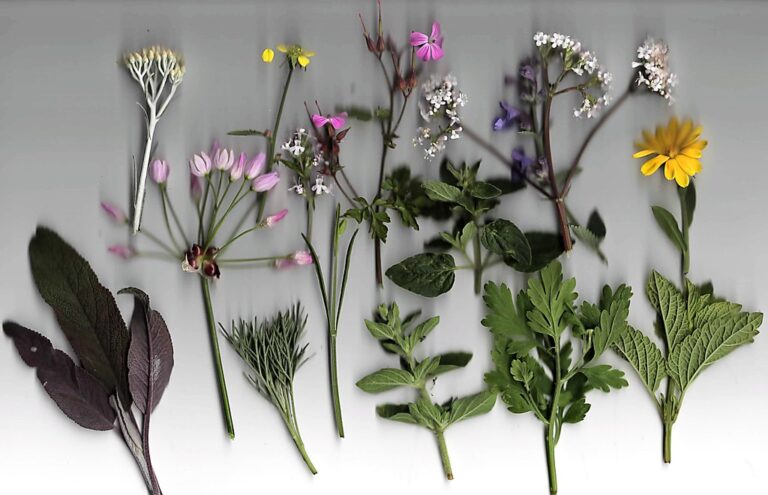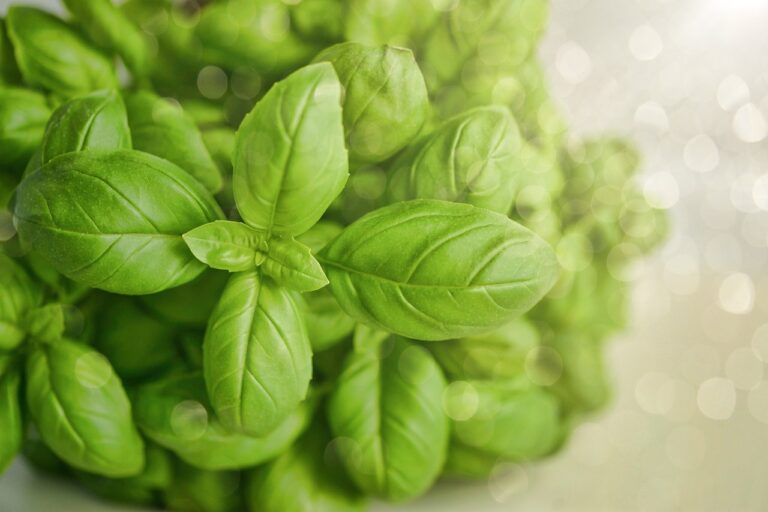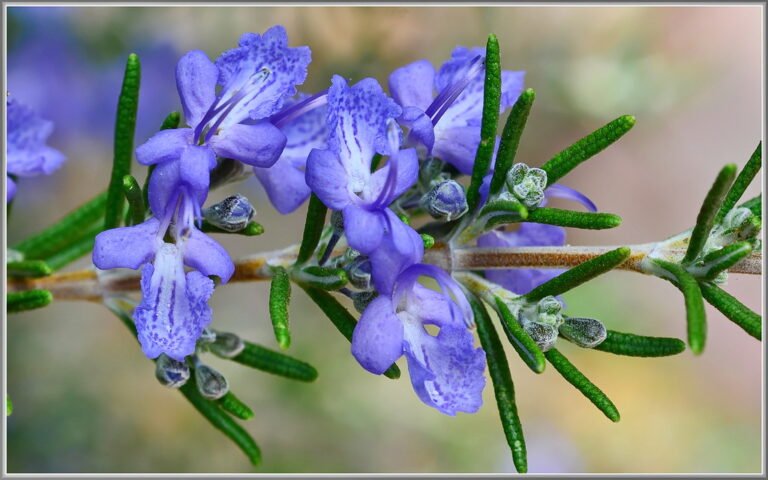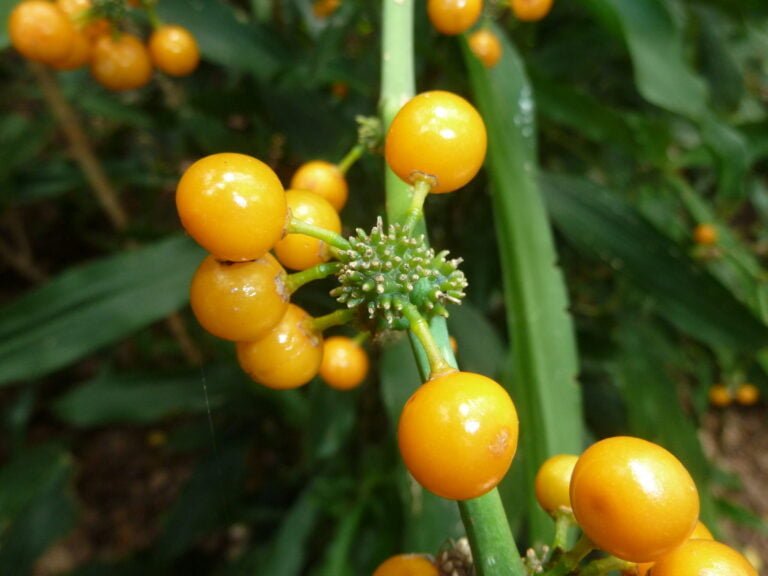Understanding the Process of Cilantro Seed Germination
Are you interested in growing your own cilantro? Understanding the process of cilantro seed germination is key to successfully cultivating this aromatic herb. In this article, we'll guide you through the steps involved in germinating cilantro seeds, from seed selection to transplanting seedlings. You'll learn about optimal conditions for germination, common issues that may arise, and how to harvest and use fresh cilantro leaves. Get ready to embark on a rewarding journey of growing your own cilantro!
Importance of Seed Selection
To ensure successful cilantro seed germination, it's essential that you carefully select high-quality seeds. The quality of the seeds you choose plays a crucial role in determining the success of your cilantro plants. When selecting seeds, look for those that are plump, firm, and free from any signs of damage or disease. Avoid seeds that are discolored, shriveled, or have a powdery coating, as these are likely to be old or low-quality. It's also advisable to choose organic seeds, as they are free from harmful pesticides and chemicals. Remember to check the expiration date on the seed packet to ensure freshness. By selecting high-quality seeds, you give your cilantro plants the best chance of germinating successfully and growing into healthy and productive plants.
Understanding Seed Soaking Techniques
To understand seed soaking techniques for cilantro seed germination, you should begin by considering the benefits and methods of this important step in the germination process. Soaking cilantro seeds before planting can significantly increase germination rates and shorten the time it takes for the seeds to sprout. By soaking the seeds, you help to soften the outer seed coat, making it easier for water to penetrate and kick-start the germination process. To soak cilantro seeds, simply place them in a container with water and let them sit for 24 to 48 hours. After soaking, drain the water and transfer the seeds to a damp paper towel or directly plant them in soil. Remember to keep the seeds moist throughout the germination period, and soon you'll have healthy cilantro seedlings ready for transplanting.
Factors Affecting Germination Rate
Improving the germination rate of cilantro seeds relies on understanding the various factors that can influence the process. Several key factors can affect the germination rate, including temperature, moisture, light, and seed quality. Maintaining an optimal temperature range of 60 to 75 degrees Fahrenheit is crucial for successful germination. Ensure that the seeds are kept consistently moist, but not overly wet, as excessive moisture can lead to rotting. While cilantro seeds do not require light to germinate, providing indirect light can help stimulate growth. It is also important to use high-quality seeds, as old or damaged seeds may have a lower germination rate. By considering these factors and providing the ideal conditions, you can maximize the germination rate of cilantro seeds and increase your chances of a successful harvest.
Optimal Temperature and Light Conditions
Maintaining an optimal temperature range and providing adequate light are crucial for maximizing the germination rate of cilantro seeds. Cilantro seeds require a temperature range of 60 to 75°F (15 to 24°C) for successful germination. Ensure that the seeds are kept in a warm and well-lit area, such as a greenhouse or a sunny windowsill. To promote germination, it is important to provide 12 to 16 hours of light per day. If natural light is insufficient, consider using fluorescent lights to supplement the light source. Additionally, ensure that the light is evenly distributed to prevent the seedlings from becoming leggy or weak. By maintaining the optimal temperature and light conditions, you can greatly increase the chances of successful cilantro seed germination.
Proper Soil Preparation for Germination
How can you ensure that the soil is properly prepared for cilantro seed germination? The key to successful germination lies in creating the ideal environment for the seeds to sprout and grow into healthy plants. Start by selecting a well-drained soil that is rich in organic matter. This will provide the necessary nutrients for the seeds to develop. Before planting, ensure that the soil is loose and friable, as compacted soil can hinder germination. Remove any weeds or debris from the planting area to prevent competition for nutrients and space. Additionally, consider performing a soil test to determine the pH level and make any necessary adjustments. Maintaining a pH level between 6.0 and 7.0 is optimal for cilantro seed germination. By following these steps, you can prepare the soil effectively and give your cilantro seeds the best chance of successful germination.
Watering and Moisture Management
To ensure successful cilantro seed germination, you need to properly manage the watering and moisture levels in the soil. Watering is crucial during the germination process, as the seeds need moisture to break dormancy and begin growing. When watering your cilantro seeds, make sure to provide enough moisture to keep the soil consistently damp, but avoid overwatering, as this can lead to rotting. To achieve the right moisture level, water the soil lightly but frequently. A good rule of thumb is to water whenever the top inch of soil feels dry to the touch. Additionally, be mindful of drainage. Ensure that the soil has good drainage to prevent waterlogging and promote healthy root growth. By managing the watering and moisture levels effectively, you will give your cilantro seeds the best chance to germinate and thrive.
Patience and Observation During Germination
As you continue to monitor the watering and moisture levels for successful cilantro seed germination, it is important to exercise patience and keen observation during the germination process. Patience is key because germination can take anywhere from 7 to 14 days. It may be tempting to give up or assume that the seeds are not viable, but it is crucial to wait and give them time to sprout. Additionally, keen observation is necessary to ensure that the seeds are receiving adequate sunlight and warmth. You should regularly check on the seeds and note any changes in appearance or growth. This will allow you to make any necessary adjustments to the growing conditions, such as adjusting the light or temperature. By being patient and observant, you increase your chances of successful cilantro seed germination.
Common Seedling Issues and Solutions
During cilantro seed germination, you may encounter common issues with seedlings that can be easily resolved with proper care and attention. One common issue is damping-off, which is the result of fungal growth in overly moist soil. To prevent this, ensure that the soil is well-draining and avoid overwatering. Another issue is leggy seedlings, characterized by weak and elongated stems. This happens when seedlings do not receive enough light. To prevent leggy seedlings, provide adequate light by placing them near a sunny window or using artificial grow lights. Additionally, seedlings may suffer from nutrient deficiencies, which can be addressed by using a balanced fertilizer according to package instructions. By addressing these common issues, you can ensure healthy and thriving cilantro seedlings.
Transplanting Seedlings to Larger Containers
When transplanting your cilantro seedlings to larger containers, you can ensure their continued growth and development by following these simple steps. First, choose a container that is at least 6 inches deep to allow the cilantro roots to grow. Fill the container with a well-draining potting mix, leaving about an inch of space from the top. Carefully remove the seedlings from their current container, being gentle to avoid damaging the roots. Place each seedling into the new container, making sure the top of the root ball is level with the soil surface. Gently press the soil around the seedlings to secure them in place. Water the seedlings thoroughly, making sure the soil is evenly moist. Place the containers in a sunny spot and continue to water regularly to keep the soil moist. With these steps, your cilantro seedlings will thrive in their larger containers and provide you with delicious, fresh herbs.
Harvesting and Using Fresh Cilantro Leaves
To continue caring for your cilantro plants, you can now move on to harvesting and utilizing the fresh cilantro leaves, ensuring you make the most of your homegrown herbs. Harvesting cilantro leaves is a simple process that can be done as soon as the plant reaches about six inches in height. Start by selecting the outermost leaves, as they are the oldest and will provide the best flavor. Gently pinch the stem near the base of the leaf and give it a quick tug to remove it from the plant. Avoid taking too many leaves at once, as this can weaken the plant. Once harvested, cilantro leaves can be used in a variety of dishes, such as salads, salsas, and soups, to add a fresh and vibrant flavor. Enjoy the satisfaction of using your own homegrown cilantro in your culinary creations.
Conclusion
In conclusion, understanding the process of cilantro seed germination is essential for successful cultivation. By selecting the right seeds, soaking them properly, and providing optimal temperature, light, and soil conditions, you can ensure a high germination rate. It is important to be patient and observant during the germination process, addressing any common seedling issues that may arise. Finally, transplanting the seedlings to larger containers and harvesting the fresh cilantro leaves will complete the process. Happy growing!

